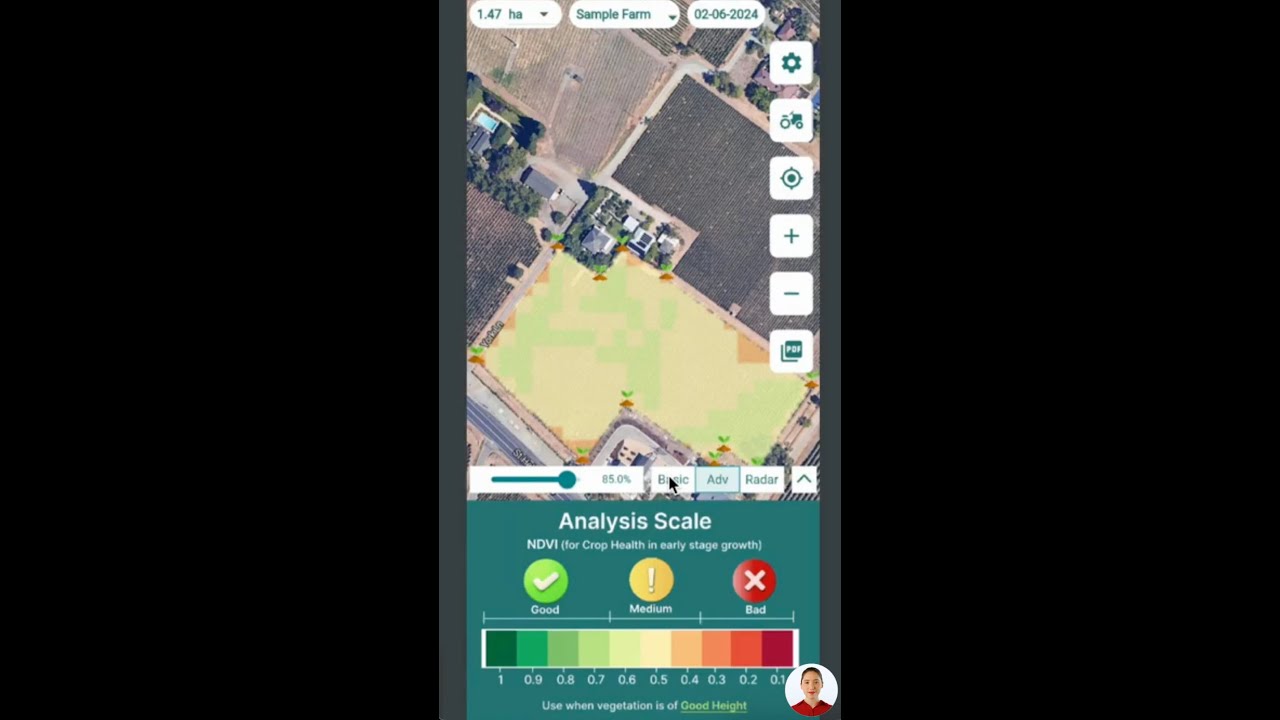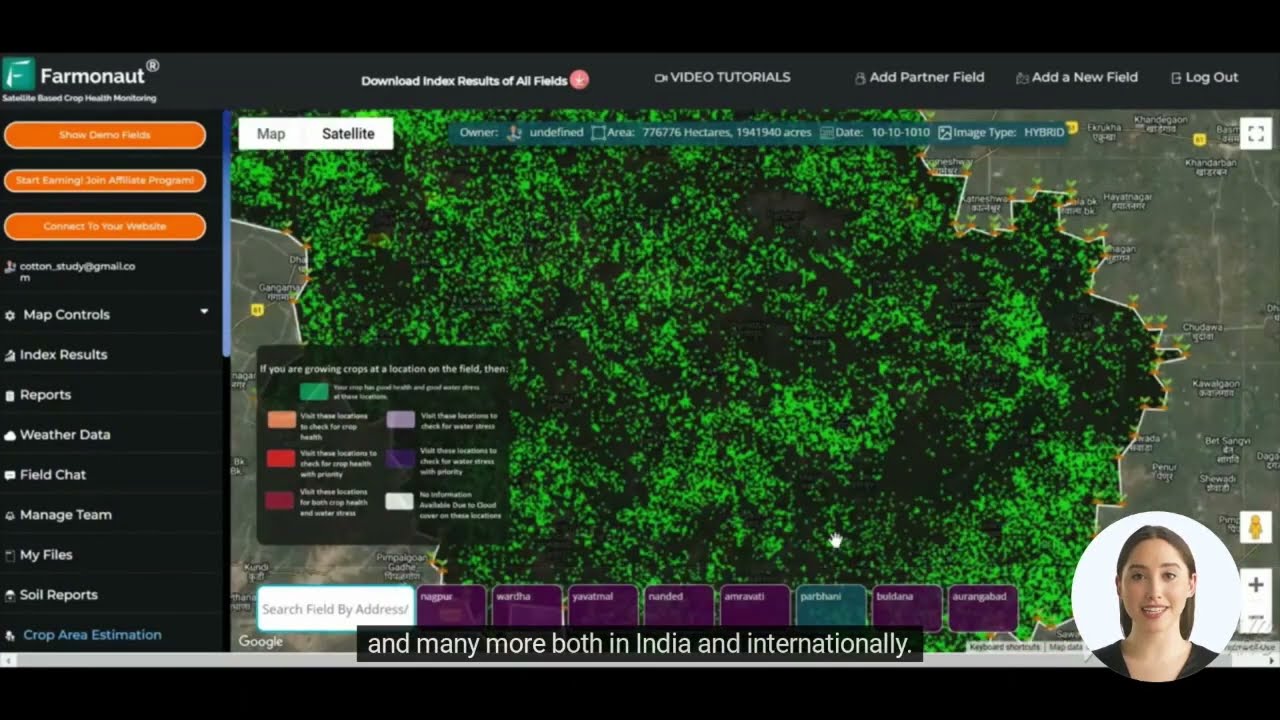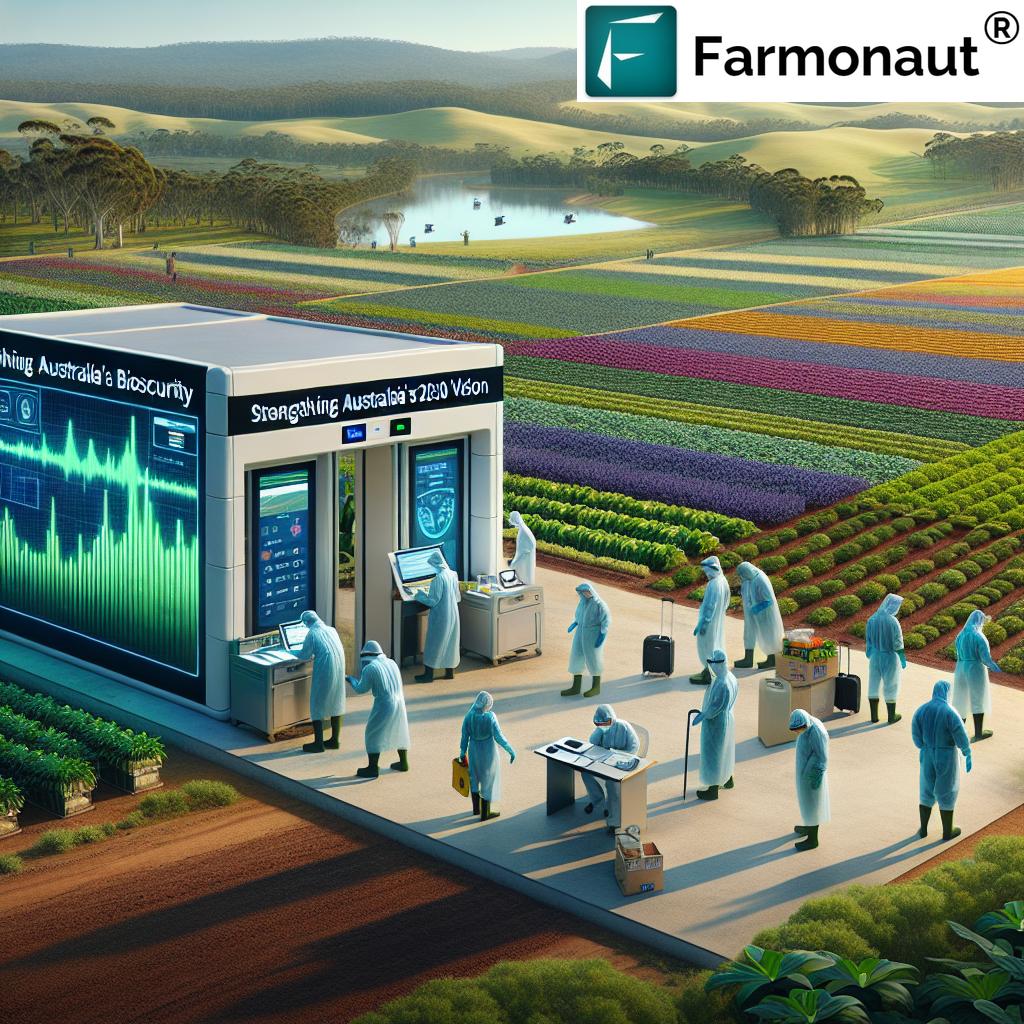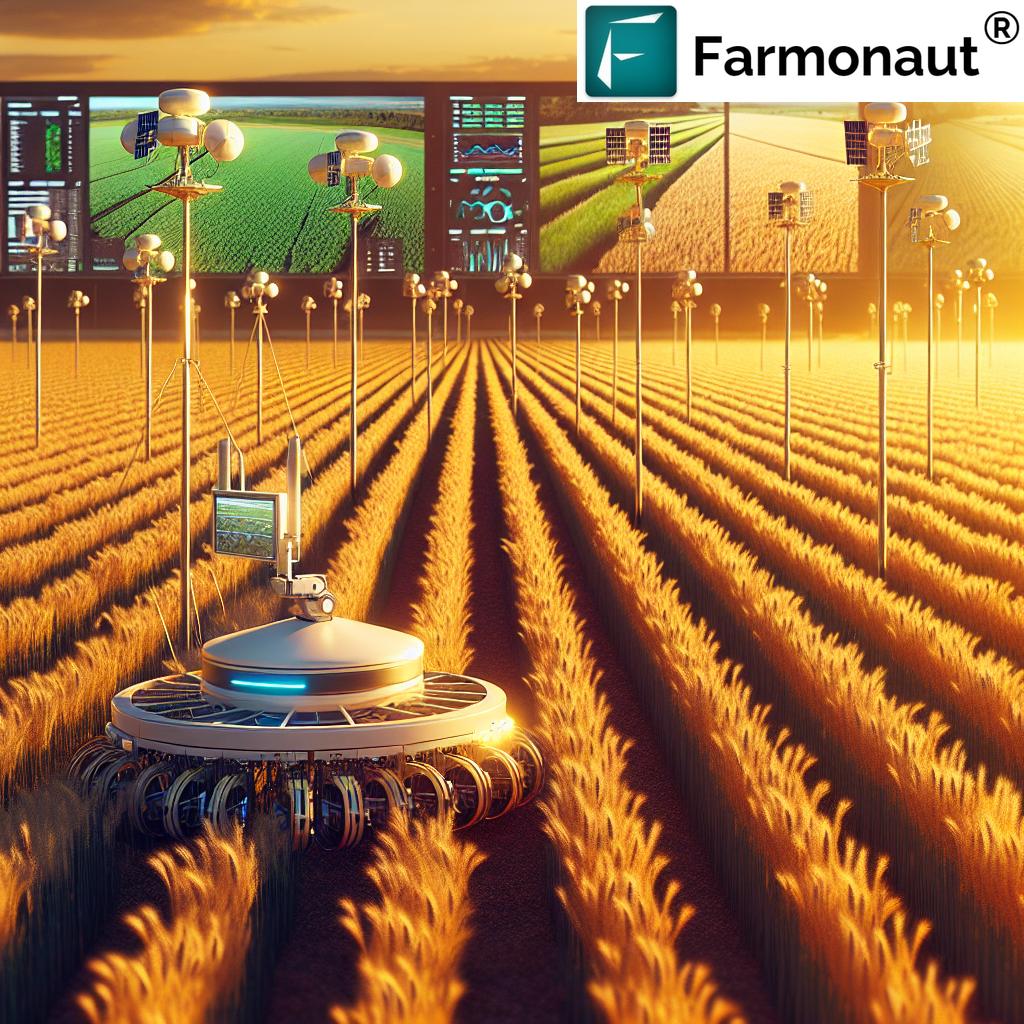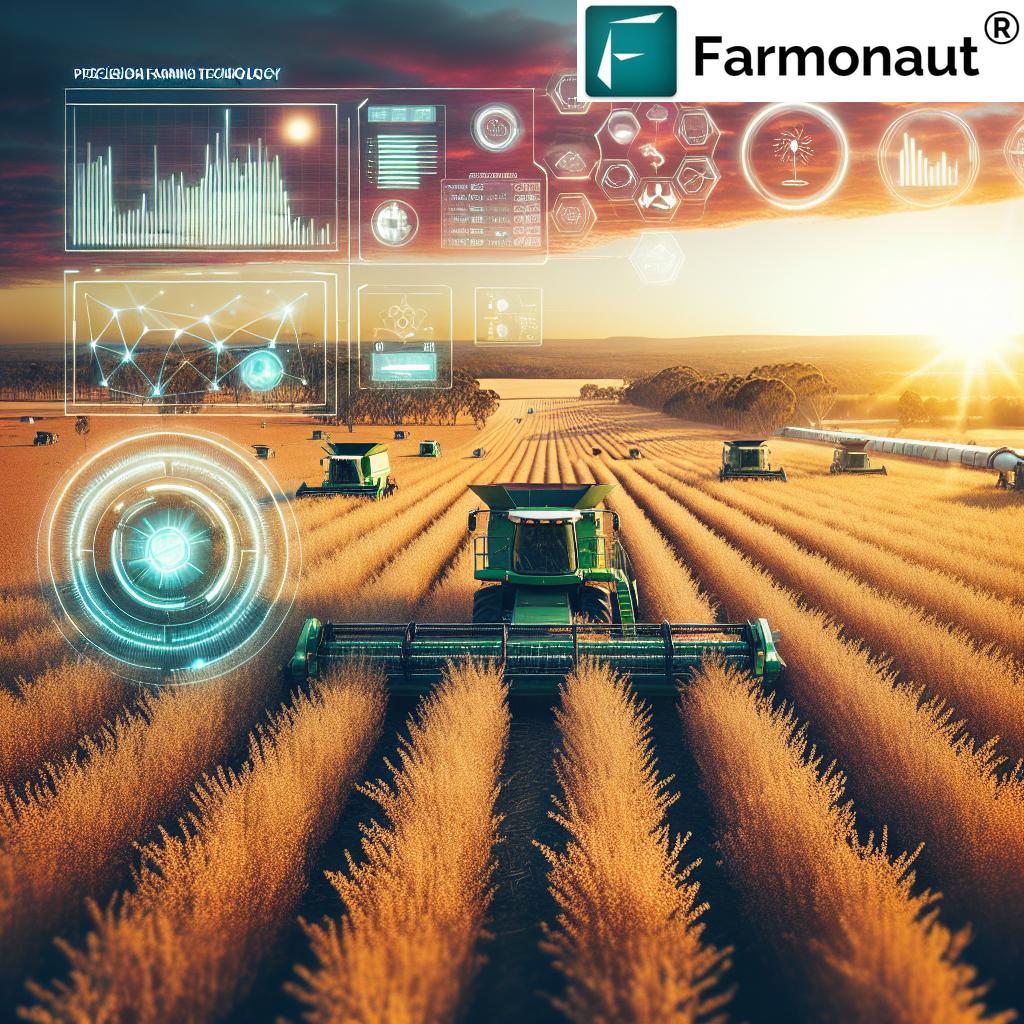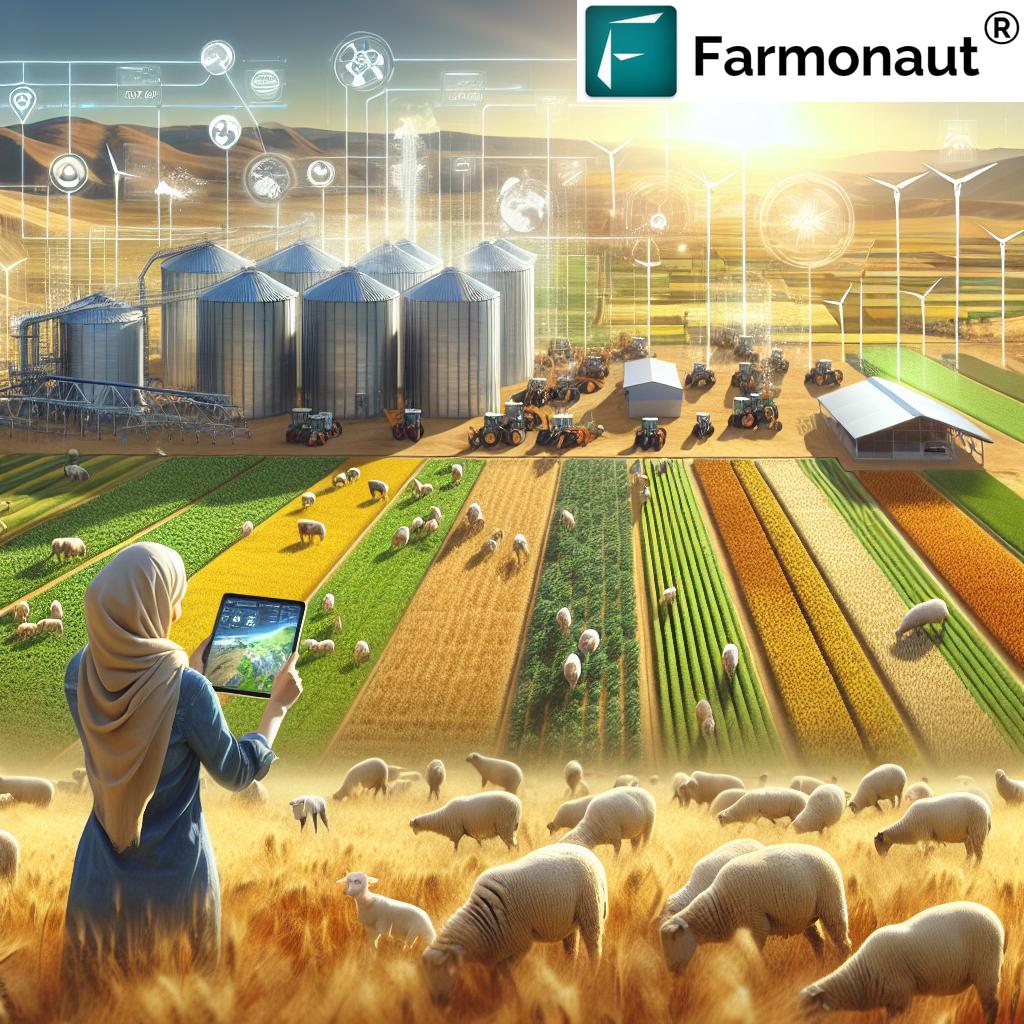Unlocking Australia’s Sesame Potential: Innovative Herbicide Trials Pave Way for Sustainable Farming
“Australia’s domestic sesame demand is projected to reach 9,800 tonnes by 2025, driving agricultural innovation.”
Welcome to an exciting exploration of the burgeoning sesame industry in Australia! We’re thrilled to delve into the latest breakthroughs in sesame farming and innovative agronomic practices that are reshaping this emerging sector. As we embark on this journey, we’ll uncover how recent post-emergence herbicide trials are addressing the critical challenge of broadleaf weed control in sesame crops, paving the way for sustainable agriculture practices that could revolutionize production.
With the global demand for this drought-resistant oilseed on the rise, Australian farmers are presented with unprecedented opportunities in emerging agricultural markets. Join us as we explore the promising results of herbicide trials using Lontrel® and Brodal®, and understand their implications for effective pest management strategies in sesame cultivation.

The Rising Star: Sesame in Australia’s Agricultural Landscape
Sesame (Sesamum indicum) has been cultivated for thousands of years, prized for its nutritious seeds and versatile oil. In recent years, this ancient crop has been gaining traction in Australia’s agricultural sector, offering a promising alternative for farmers looking to diversify their operations and tap into new markets.
- Drought-resistant nature makes it suitable for Australia’s hot, dry conditions
- High-value oilseed crop with growing domestic and international demand
- Potential to boost Australia’s position in the global sesame market
As we navigate the challenges and opportunities presented by sesame cultivation in Australia, it’s crucial to leverage cutting-edge technologies and data-driven insights. Farmonaut’s satellite-based crop monitoring system offers invaluable support for farmers venturing into sesame production. By providing real-time data on crop health, soil moisture, and weather patterns, Farmonaut empowers farmers to make informed decisions throughout the growing season.
Innovative Agronomic Practices: The Key to Unlocking Sesame’s Potential
To fully harness the potential of sesame in Australia, we must embrace innovative agronomic practices that address the unique challenges posed by our climate and ecosystems. One of the most significant hurdles facing sesame farmers is effective weed control, particularly when it comes to broadleaf weeds that compete with the crop for resources.
Recent post-emergence herbicide trials have shown promising results in tackling this issue, offering new hope for sustainable sesame farming in Australia. Let’s dive into the details of these groundbreaking trials and their implications for the industry.
Post-Emergence Herbicide Trials: A Game-Changer for Sesame Cultivation
The success of sesame cultivation hinges on effective weed management, especially in the critical early stages of growth. Traditional methods of weed control, such as manual weeding and pre-emergence herbicides, have limitations in terms of efficacy and labor requirements. This is where post-emergence herbicides come into play, offering a more targeted and efficient approach to weed control in sesame crops.
Recent trials conducted across various sesame-growing regions in Australia have focused on two key herbicides: Lontrel® and Brodal®. These trials aimed to assess the efficacy of these herbicides in controlling broadleaf weeds while ensuring crop safety.
Lontrel®: A Promising Solution for Broadleaf Weed Control
Lontrel®, a selective herbicide containing the active ingredient clopyralid, has shown remarkable results in controlling a wide range of broadleaf weeds in sesame crops. The trials demonstrated that when applied at the appropriate growth stage and dosage, Lontrel® effectively suppressed problematic weeds without causing significant damage to the sesame plants.
- Targets specific broadleaf weed species common in sesame fields
- Minimal residual effect, reducing the risk of carryover to subsequent crops
- Cost-effective solution for large-scale sesame cultivation
Brodal®: Expanding the Weed Control Arsenal
Brodal®, containing the active ingredient diflufenican, has also emerged as a valuable tool in the fight against broadleaf weeds in sesame crops. The trials revealed that Brodal® offers excellent control of certain weed species that may be less susceptible to Lontrel®, providing farmers with a complementary option for comprehensive weed management.
- Effective against a different spectrum of broadleaf weeds
- Can be used in rotation with Lontrel® to prevent herbicide resistance
- Demonstrates good crop safety when applied according to label instructions
“The global sesame market is valued at US$2.2 billion, presenting significant opportunities for Australian farmers.”
As we continue to explore the potential of sesame cultivation in Australia, it’s crucial to leverage advanced technologies for optimal crop management. Farmonaut’s AI-powered advisory system, Jeevn AI, offers personalized recommendations for herbicide application timing and dosage based on real-time satellite data and weather forecasts. This integration of precision agriculture tools with innovative herbicide solutions paves the way for more sustainable and productive sesame farming practices.
Sustainable Agriculture Practices in Sesame Cultivation
While effective weed control is crucial, it’s just one piece of the puzzle when it comes to sustainable sesame farming. To truly unlock the potential of this crop in Australia, we must adopt a holistic approach that encompasses various aspects of sustainable agriculture.
Water Management: Maximizing Efficiency in Dry Conditions
Sesame’s drought-resistant nature makes it an excellent choice for Australia’s hot, dry environments. However, proper water management is still essential for optimal yields and resource conservation. Implementing efficient irrigation systems and adopting water-saving techniques can help maximize the crop’s potential while minimizing environmental impact.
- Drip irrigation systems for targeted water delivery
- Soil moisture sensors to optimize watering schedules
- Mulching to reduce evaporation and conserve soil moisture
Farmonaut’s satellite-based soil moisture monitoring can be invaluable in this regard, providing farmers with accurate, real-time data to inform their irrigation decisions.
Crop Rotation and Soil Health
Incorporating sesame into crop rotation systems can bring numerous benefits to Australian farmers. As a legume, sesame has the potential to improve soil fertility through nitrogen fixation, making it an excellent rotational crop for cereals and other non-leguminous plants.
- Enhances soil structure and nutrient cycling
- Helps break pest and disease cycles
- Diversifies farm income streams
By leveraging Farmonaut’s crop area estimation tools, farmers can easily plan and manage their crop rotations, optimizing land use and soil health across their operations.
Integrated Pest Management (IPM) Strategies
While our focus has been on herbicide trials for weed control, it’s crucial to adopt a comprehensive approach to pest management in sesame cultivation. Integrated Pest Management (IPM) strategies combine various techniques to minimize pest damage while reducing reliance on chemical interventions.
- Biological control using beneficial insects
- Cultural practices such as crop rotation and sanitation
- Targeted use of pesticides when necessary
Farmonaut’s AI-powered pest detection system can assist farmers in early identification of pest issues, enabling timely and targeted interventions that align with IPM principles.
The Economic Potential of Sesame in Australia
As we’ve explored the agronomic aspects of sesame cultivation, it’s essential to consider the economic implications of this emerging industry for Australian agriculture. With domestic demand projected to reach 9,800 tonnes by 2025 and a global market valued at US$2.2 billion, sesame presents a significant opportunity for Australian farmers and agribusinesses.
Market Opportunities and Export Potential
Australia’s reputation for high-quality agricultural products positions us well to become a key player in the global sesame market. As demand for healthy, plant-based oils continues to grow worldwide, Australian-grown sesame could find eager markets both domestically and internationally.
- Growing demand in Asia for high-quality sesame seeds and oil
- Potential for value-added products such as tahini and sesame flour
- Opportunities in niche markets for organic and specialty sesame varieties
Farmonaut’s blockchain-based traceability solutions can play a crucial role in ensuring the authenticity and quality of Australian sesame products, building trust with consumers and enhancing our competitive edge in global markets.
Diversification and Risk Management
For Australian farmers, particularly those in hot, dry regions, sesame offers an opportunity to diversify their crop portfolio and spread risk. As climate change continues to impact traditional farming systems, drought-resistant crops like sesame become increasingly valuable.
- Reduces reliance on a single crop or market
- Provides additional income streams
- Enhances farm resilience in the face of climate variability
By utilizing Farmonaut’s comprehensive farm management platform, farmers can make data-driven decisions about crop selection, resource allocation, and risk management strategies.
Innovative Sesame Cultivation Techniques
As we continue to unlock the potential of sesame in Australia, it’s crucial to explore and adopt innovative cultivation techniques that can enhance productivity and sustainability. Let’s delve into some cutting-edge approaches that are shaping the future of sesame farming in our unique Australian conditions.
Precision Seeding and Plant Spacing
Optimizing plant density is critical for maximizing sesame yields while ensuring efficient use of resources. Recent research has shown that precise seeding techniques can significantly impact crop performance.
- GPS-guided planting for uniform row spacing
- Variable-rate seeding based on soil conditions
- Optimal plant populations for different varieties and environments
Farmonaut’s satellite imagery and AI analytics can assist farmers in identifying optimal planting patterns and monitoring crop establishment, ensuring the best possible start for their sesame crops.
Conservation Tillage and No-Till Systems
Adopting conservation tillage practices or no-till systems can offer numerous benefits for sesame cultivation, particularly in Australia’s fragile soil environments.
- Reduces soil erosion and improves water retention
- Enhances soil organic matter and microbial activity
- Lowers fuel and labor costs associated with traditional tillage
By leveraging Farmonaut’s soil moisture and vegetation health monitoring tools, farmers can track the impact of these practices on their sesame crops and make informed decisions about soil management strategies.
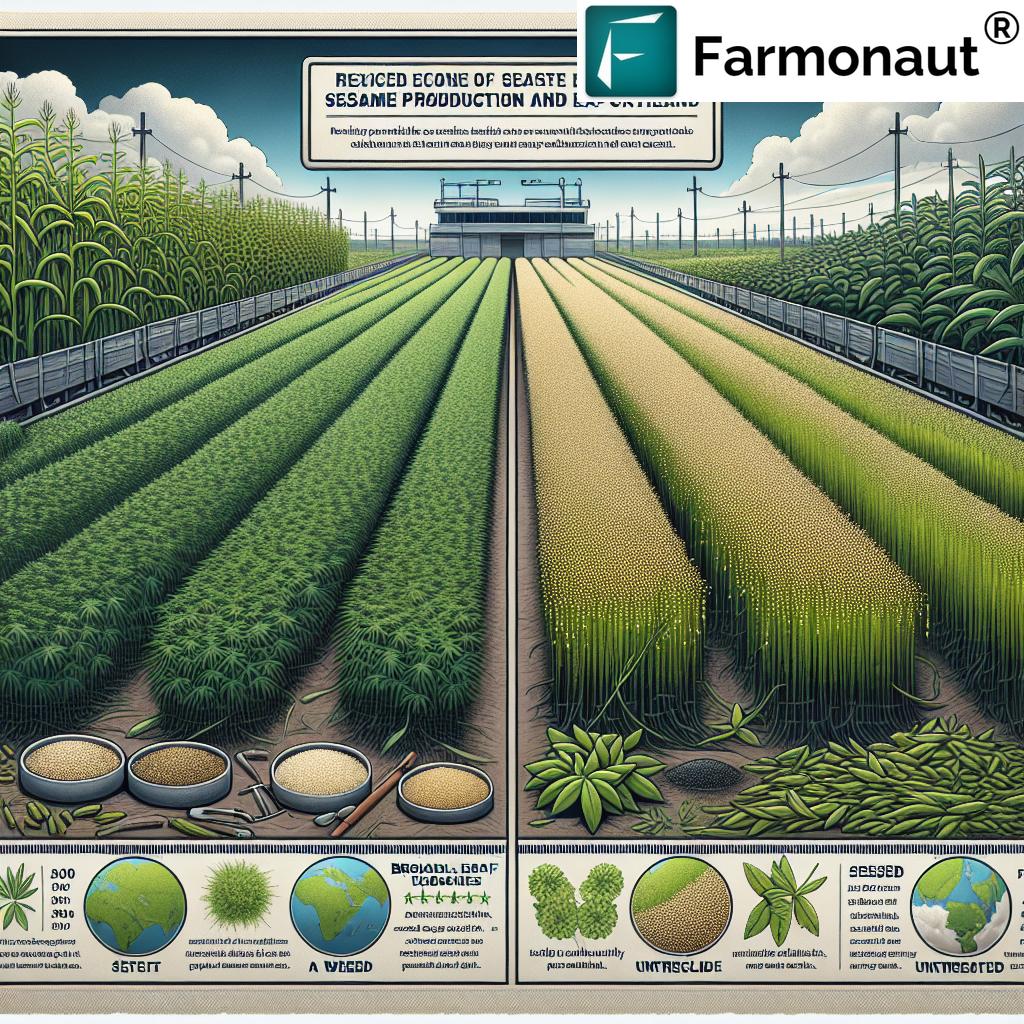
Intercropping and Companion Planting
Exploring intercropping systems with sesame can lead to more efficient land use and potential synergies between crops. Some promising combinations include:
- Sesame and short-duration pulses
- Sesame as an understory crop in agroforestry systems
- Companion planting with pest-repellent herbs
Farmonaut’s multi-spectral imagery analysis can help farmers monitor the performance of intercropping systems, ensuring optimal growth and resource allocation between different crop species.
Overcoming Challenges in Sesame Production
While sesame presents exciting opportunities for Australian agriculture, it’s important to address the challenges that farmers may face when integrating this crop into their operations. By understanding and preparing for these obstacles, we can ensure the long-term success and sustainability of sesame cultivation in Australia.
Mechanization and Harvesting
One of the primary challenges in sesame production is the need for specialized harvesting equipment. Traditional sesame varieties are prone to seed shattering, which can lead to significant yield losses during mechanical harvesting.
- Development and adoption of non-shattering sesame varieties
- Investment in sesame-specific harvesting machinery
- Optimizing harvest timing to minimize losses
Farmonaut’s crop maturity monitoring tools can assist farmers in determining the optimal harvest window, reducing the risk of seed loss and ensuring maximum yield potential.
Pest and Disease Management
As sesame cultivation expands in Australia, farmers may encounter new pest and disease challenges. Developing effective management strategies is crucial for maintaining crop health and productivity.
- Identification of key pests and diseases affecting sesame in Australian conditions
- Development of resistant varieties through breeding programs
- Implementation of integrated pest management (IPM) strategies
Farmonaut’s AI-powered pest and disease detection system can provide early warnings and assist farmers in implementing timely interventions, minimizing crop losses and reducing reliance on chemical controls.
Market Development and Supply Chain Logistics
As a relatively new crop in Australia, sesame faces challenges in terms of market development and establishing efficient supply chains.
- Building awareness and demand for Australian-grown sesame
- Developing processing facilities and value-adding capabilities
- Establishing reliable export channels for surplus production
Farmonaut’s blockchain-based traceability solutions can play a crucial role in building trust and transparency in the sesame supply chain, helping to differentiate Australian sesame in both domestic and international markets.
The Role of Research and Development
Continued investment in research and development is crucial for unlocking the full potential of sesame cultivation in Australia. Collaboration between farmers, researchers, and industry stakeholders will drive innovation and address key challenges facing the sector.
Breeding Programs for Australian Conditions
Developing sesame varieties specifically adapted to Australia’s diverse growing environments is essential for maximizing yields and quality.
- Drought and heat tolerance
- Disease resistance
- Improved oil content and composition
Farmonaut’s crop performance analytics can assist breeders in evaluating new varieties across different environments, accelerating the development of optimized sesame cultivars for Australian conditions.
Agronomic Research and Best Practices
Ongoing research into sesame agronomy will help refine cultivation techniques and improve overall productivity.
- Optimal fertilizer rates and application methods
- Water use efficiency and irrigation strategies
- Crop rotation benefits and soil health impacts
Farmonaut’s data-driven insights can support researchers in analyzing large-scale field trials, identifying key factors influencing sesame performance across diverse farming systems.
Herbicide Trial Results: A Closer Look
Let’s examine the results of the recent herbicide trials for sesame cultivation in Australia, focusing on the performance of Lontrel® and Brodal® in comparison to other commonly used herbicides.
| Herbicide Name | Weed Control Efficacy | Crop Safety | Cost-Effectiveness |
|---|---|---|---|
| Lontrel® | High | Safe | $$ |
| Brodal® | Medium | Moderately Safe | $$ |
| Glyphosate | High | Use with Caution | $ |
| 2,4-D | Medium | Use with Caution | $ |
These results highlight the promising performance of Lontrel® and Brodal® in sesame cultivation, offering effective weed control with acceptable levels of crop safety. While glyphosate and 2,4-D are more cost-effective, they require careful application to avoid crop damage.
The Future of Sesame in Australia: A Sustainable Vision
As we look to the future, the potential for sesame to become a significant player in Australian agriculture is clear. By embracing innovative agronomic practices, leveraging cutting-edge technologies, and fostering a spirit of collaboration and research, we can build a thriving, sustainable sesame industry that benefits farmers, consumers, and the environment.
- Increased domestic production to meet growing demand
- Development of value-added sesame products
- Establishment of Australia as a premier exporter of high-quality sesame
- Integration of sesame into sustainable farming systems
With the support of advanced agricultural technologies like those offered by Farmonaut, Australian farmers are well-positioned to lead the way in sustainable sesame production, unlocking new opportunities and contributing to a more resilient agricultural sector.
For more information on how Farmonaut can support your sesame cultivation efforts, visit our web app or explore our API services.
Frequently Asked Questions (FAQ)
- What makes sesame suitable for cultivation in Australia?
Sesame is well-suited to Australia’s hot, dry conditions due to its drought-resistant nature. It offers farmers a valuable alternative crop that can thrive in challenging environments. - How do Lontrel® and Brodal® compare in terms of weed control efficacy?
Lontrel® generally shows higher efficacy in controlling a wide range of broadleaf weeds, while Brodal® offers moderate control but may be more effective against certain specific weed species. - What are the main challenges in mechanizing sesame harvesting?
The main challenges include seed shattering in traditional varieties and the need for specialized equipment. Developing non-shattering varieties and investing in appropriate machinery are key solutions. - How can farmers integrate sesame into their existing crop rotations?
Sesame can be integrated as a summer crop in rotation with winter cereals or as part of a diverse cropping system. It can help improve soil health and break pest cycles. - What role does precision agriculture play in sesame cultivation?
Precision agriculture tools, such as those offered by Farmonaut, can optimize resource use, improve crop monitoring, and enhance decision-making throughout the sesame growing season.
As we conclude our exploration of sesame’s potential in Australia, it’s clear that this versatile crop offers exciting opportunities for farmers and the agricultural sector as a whole. By embracing innovative practices, leveraging advanced technologies, and fostering collaboration between researchers, farmers, and industry stakeholders, we can unlock the full potential of sesame cultivation in Australia.
The journey towards a thriving sesame industry is just beginning, and with the right tools and knowledge, Australian farmers are well-positioned to lead the way in sustainable, profitable sesame production. As we move forward, let’s continue to innovate, adapt, and work together to build a bright future for sesame in Australia’s agricultural landscape.



